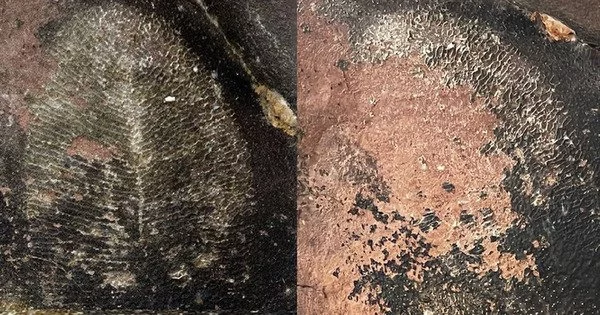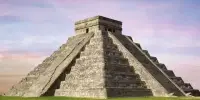Discoveries of new fossils and changes in our understanding of existing fossils can lead to revisions of scientific knowledge, including historical timelines and reconstructions of ancient environments and species interactions. This is a normal part of the scientific process and contributes to our ongoing efforts to build a more complete understanding of the world.
Two years ago, scientists discovered the first Dickinsonia fossil in India, altering our understanding of how the continent came to be. Now, new research has revealed that the ‘fossil’ was actually a beehive all along, altering our understanding for the second time, and the original scientists have agreed with the new findings.
A scientific conference scheduled to take place in India in 2020, amid the first pandemic lockdowns, never took place. However, a group of geologists already on site decided to make the most of their time by visiting the Bhimbetka Rock Shelters, a series of caves with ancient cave art near Bhopal, India. They discovered the fossil of Dickinsonia, a flat, elongated, primitive animal that existed before complex animals evolved.
It marked the first-ever discovery of Dickinsonia in India.
It is uncommon but necessary for scientists to admit mistakes when new evidence is discovered. Correcting the fossil record raises the question of the age of the rocks. Because there are no fossils from a known time period, dating the rock formation can be difficult.
Gregory Retallack
The animal lived 550 million years ago, and the discovery seemed to put an end to the surprisingly contentious age of the rocks that make up much of the Indian subcontinent. The discovery piqued the interest of The New York Times, The Weather Channel, the scientific journal Nature, and numerous Indian newspapers.
The “fossil” was, however, a case of mistaken identity. Who is the real villain? Bees.
Last year, University of Florida researchers visited the site and discovered that the object had apparently decayed significantly, which is unusual for a fossil. Furthermore, the site is populated by massive bee’s nests, and the mark discovered by scientists in 2020 closely resembled the remains of these massive hives.
“As soon as I looked at it, I thought something’s not right here,” said Joseph Meert, a UF professor of geology and expert on the geology of the area. “The fossil was peeling off the rock.”

The former fossil was also nearly vertical along the cave walls, which made no sense. Meert believes that fossils in this area should be visible only flat on the floor or ceiling of cave structures.
Meert worked on the study with graduate students Samuel Kwafo and Ananya Singha, as well as University of Rajasthan professor Manoj Pandit. They photographed similar remains from nearby beehives and documented the object’s rapid decay. The team published their findings of the mistaken identity in the journal Gondwana Research, which had previously published the report of the chance Dickinsonia fossil discovery.
Gregory Retallack, professor emeritus at the University of Oregon and lead author of the original paper, says he and his co-authors agree with Meert’s findings that the object is really just a beehive. They are submitting a comment in support of the new paper to the journal. This kind of self-correction is a bedrock principle of the scientific method. But the reality is that admitting errors is hard for scientists to do, and it doesn’t happen often.
“It is uncommon but necessary for scientists to admit mistakes when new evidence is discovered,” Retallack wrote in an email. Correcting the fossil record raises the question of the age of the rocks. Because there are no fossils from a known time period, dating the rock formation can be difficult.
Meert claims that the evidence continues to point to the rocks being billions of years old. His team dated the rocks to that time period by using the radioactive decay of tiny crystals known as zircons. Furthermore, the magnetic signature of the rocks, which captures information about the Earth’s magnetic field at the time the rocks formed, closely matches the signatures of formations that have been confidently dated to a billion years ago.
Other researchers have reported findings that support a younger age. The time period is critical to comprehend because of its implications for the evolution of life in the area and the formation of the Indian subcontinent.
“‘What’s the big deal if they’re 550 million or a billion years old?’ you might ask. There are numerous implications, to say the least” Meert stated. “One has to do with paleogeography at the time, what was going on with continents, where they were located, and how they were assembled. And it was a time when life was transitioning from very simple fossils to more complex fossils.”
















